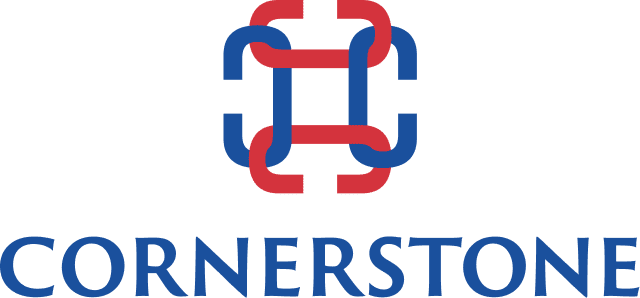Do You Have a Strategic Career Plan?
Our own decisions, or lack of, have brought us where we are. A career plan gives us greater control over our future, offering us more chances to succeed..
In this world of constant change, career perspectives are no longer linear. We must develop a comprehensive strategic career plan to help us achieve our goals and therefore, our professional fulfillment and success.
An average executive will spend more than 25 years working for at least eight hours a day. It is striking that while we spend so much time at the office, we usually devote so little time to develop strategies to focus our career.
We do not take the time to assess where we are professionally unless we don’t have a choice: perhaps we’re unemployed or we have a job that at the end of the day leaves us feeling empty. It is easy enough to blame our circumstances: a bad boss or a company that won’t develop its employees. Yet we need to look internally. Our own decisions, or lack of, have brought us where we are. Career management gives us greater control over our future, offering us more chances to succeed.
According to Forbes: The majority of Americans — 52.3%— are unhappy at work, according to a new report by the Conference Board, the New York-based nonprofit research group.
A career strategy should be developed, then monitored on a recurring basis to confirm that we are consistently on the right track. It is a personal process where we “realign” our motivations and capabilities with the opportunities available in the market and focus our efforts on attainable goals.
There are circumstances when it is compulsory, when we face job changes or personal life changes, but it should be ongoing, no matter the circumstances.
It is a process that requires, above all, being very honest with ourselves.
How to Create a Strategic Career Plan
Professional careers are no longer linear or hierarchical; growth potential then, has no limits… except the ones we set for ourselves.
Career planning is very simple but must be comprehensive. We must include personal traits and skills as well as market aspects. We need to identify our strengths, weaknesses, opportunities and threats. With this, we can develop a strategy and course and then implement it!
Here are four steps for creating a strategic career plan
Step 1: Self Knowledge
At this stage, we have to be very honest evaluating our interests, skills and values. We have to answer the following questions:
- What do I enjoy doing? Our career should give us satisfaction. We spend so much time working that it should be interesting, motivating and fun. We must understand our moment in life: our interests and values are different if we are single, newly married or about to retire. We also have to identify what we dislike and how much we can negotiate, as there is no perfect job or company.
- What are my strengths and weaknesses? It’s hard to be objective about it, but that’s critical. We cannot overestimate what we “like” and think that we are good at it. We must define what we do best. We can also define the gaps between things that we like and we have no knowledge / skills but that we can develop with training. It is important to understand that while we must assess and identify our weak points, it is much more important to build on our strengths.
- Which are my personal values? It is important to be honest and prioritize: Do I want to be of service to others? Is being rich or powerful more important? Perhaps I want to be the expert in a specific area. Do I like being recognized and well known?
Step 2. Market evaluation
Now let’s look at our environment. What are the opportunities in the market for our interests and skills? In what kind of environment do we want to develop our careers? Do we want to be entrepreneurs? Enter the corporate world? What are the economic and market trends? Where will more opportunities arise?
If you already have a career trajectory, evaluate the growth opportunities within your company in the short and medium term. Evaluate opportunities in other companies, competitors as well as those where we can transfer our experience and capitalize on our strengths.
Identify the threats: what it is the economic situation? Which are the sectors with less growth? What are the barriers that may limit our opportunities?
Step 3. Develop strategies
And now, the moment of truth: define a clear (and broad) objective that integrates the aspects we have discussed. Define alternative action plans, prioritize, don’t forget a “reality check” (how feasible is the plan, which are the obstacles involved) and then define other plans. Remember that if Plan A fails, there are many more letters between A and Z.
If you want to change careers, believe it is possible. If not now, when? Life is too short to be unhappy at work. With a good analysis of our potential and market opportunities, we can develop a sensible strategy and a successful career change. The Chinese characters for “danger” and “opportunity” are combined to represent “change”. A career change often reflects these attributes.
Step 4. Action!
Implement Plan A, identify next steps and start. Manage your difficulties with common sense. Seek to open doors without fear of rejection or frustration. Gradually, evaluate progress. Try to be flexible and identify where you are periodically, if something is not working, change your plan of action and seek an alternative.
Today, the speed of technology combined with the impact of scientific advances lead to a new professional environment of unlimited opportunities. We have to proactively drive our choices to make the most of these opportunities. We must make balanced and sensible decisions to be satisfied with our career choice and achieve our goals.



